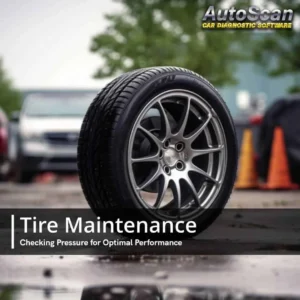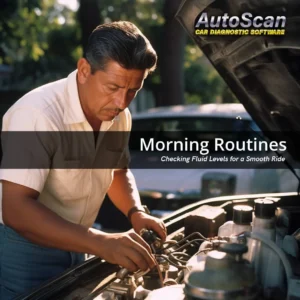Hydration for Your Car: Coolant Check 101 

Introduction: The Importance of Coolant in Your Vehicle
Just as our bodies rely on water for optimal function, our cars depend on coolant to operate smoothly and maintain the right temperature. The coolant in your vehicle ensures the engine doesn’t overheat, protecting it from potential damage. Let’s dive into the basics of checking and maintaining your car’s coolant system.
1. Safety First: Check When Cold
Before anything else, ensure the engine is cold. Checking coolant levels on a hot engine is not only inaccurate but can also be dangerous. Wait for at least an hour after driving before you pop the hood.
2. Identifying the Reservoir
The coolant reservoir is usually a transparent container under the hood, making it easy to spot. It should have clear “MIN” and “MAX” markings, indicating the minimum and maximum levels for the coolant inside.
3. Assessing the Coolant’s Condition
A quick look can reveal a lot about your coolant’s health. Fresh coolant is typically vibrant, either green, orange, or pink, depending on the type. If the liquid appears cloudy, rusty, or has floating particles, it might be time for a change.
4. Topping Up: The Right Way
If the coolant level is closer to the “MIN” mark, it’s time for a top-up. Always use a mixture of the correct type of coolant and distilled water. Avoid using tap water as it might contain minerals harmful to your engine.
5. Annual Maintenance: The Flush
Even if the coolant looks fine, contaminants can accumulate over time. An annual flush, where the entire system is drained and filled with fresh coolant, ensures longevity and efficient cooling.
Conclusion
Coolant doesn’t just keep your car cool—it prevents potential damage, ensuring every drive is smooth and safe. By regularly checking and maintaining the coolant, you’re investing in your car’s health and performance.
FAQs:
- Can I mix different coolant colors?
It’s advisable not to mix different colors or types of coolant. This can lead to reduced efficiency and potential harm to the engine. - Why is it called ‘antifreeze’?
Coolant is often referred to as antifreeze because it helps to prevent the engine’s water from freezing in cold temperatures. - How often should I replace my coolant?
While an annual flush is recommended, always refer to your vehicle’s manual for specific recommendations. - Is it dangerous if I spill coolant?
Yes. Coolant can be harmful to pets and the environment. If spilled, clean it up immediately and dispose of it properly.





